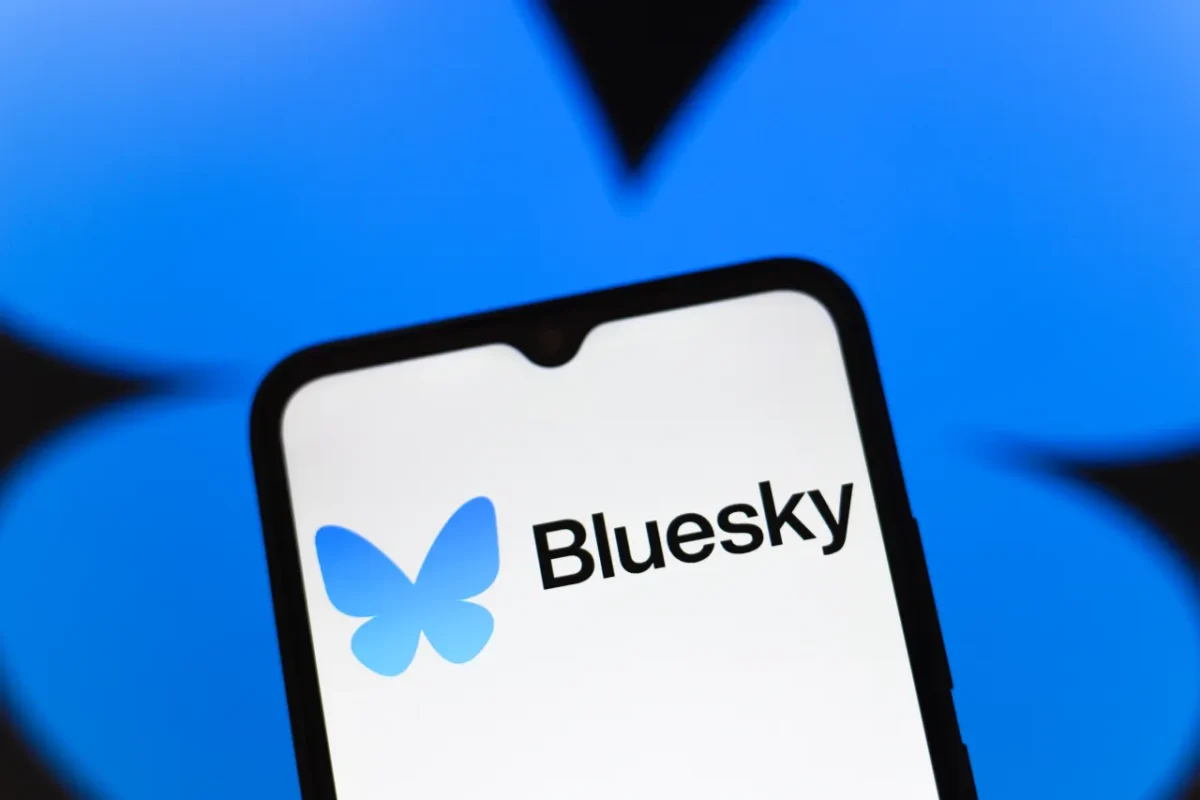Bluesky, a decentralized social media site, has hit a big milestone with more than 40 million registered users. TechCrunch reported the news about the announcement, which came out at the same time as news that the platform is testing a “dislike” button and other features meant to make online conversations healthier.
This growth makes Bluesky a new player in the competitive world of decentralized social media.
Social media decentralized Bluesky’s massive rise and evolution
Bluesky’s rise to 40 million users was a time of rapid growth. The platform only had 3 million users a year ago, when it was still invite-only. Political events and policy changes on other platforms were a big reason for this growth, as users sought other options.
The main goal of Bluesky’s latest update is to improve conversations. The “dislike” button, which is currently in beta testing, is the new feature that people are most excited about.
This dislike is a private signal that tells the system what kinds of posts you don’t want to see as much of, unlike a public downvote. It mostly affects your own personalized feeds and reply rankings, not the visibility of all users.

Bluesky is using more than just dislikes to clean up conversations. A new “social neighborhoods” system shows how people who talk to each other a lot are connected. When you put replies from people in your neighborhood first, conversations can feel more relevant and familiar.
The platform is also getting better at automatically finding replies that are toxic, spammy, or off-topic and lowering their ranking in threads and search results.
Changes to the design, even small ones, are being used to make the conversation better. The reply button now takes users to the full thread first, which encourages them to read the whole conversation before responding.
The company is also making the reply controls that are already there easier to find so that people who post know they can limit who can respond.
The table below compares Bluesky’s number of users and level of engagement with those of other big social networks.
What’s next in a privileged setting?
It’s wonderful that the platform has reached 40 million users in just over a year of being open to the public. Bluesky, on the other hand, is still far behind its main competitor, X, which has almost 300 million daily active users, and Meta’s Threads, which had 150 million active users.
Bluesky also has to keep users interested in its services. Data shows that posting and interacting on the site have become less common since the November 2024 U.S. presidential election. Some analysts think that the platform’s politically similar users may be to blame for this drop in engagement, making it less likely for divisive but interesting debates to happen.

Bluesky is focusing on what it calls “hard decentralization” in order to build for the long term. This means pushing for more independent infrastructure operators to show up and moving the control of core protocols to neutral, independent groups. The goal is to make the network stronger and less dependent on Bluesky itself.
Bluesky is finding its place in the market by putting user control and healthier interactions first. It gives people the power to shape their own experience with things like custom feeds and dislike buttons that will be available soon. This is a new vision for the future of social networking that is open, decentralized, and a little more respectful.






